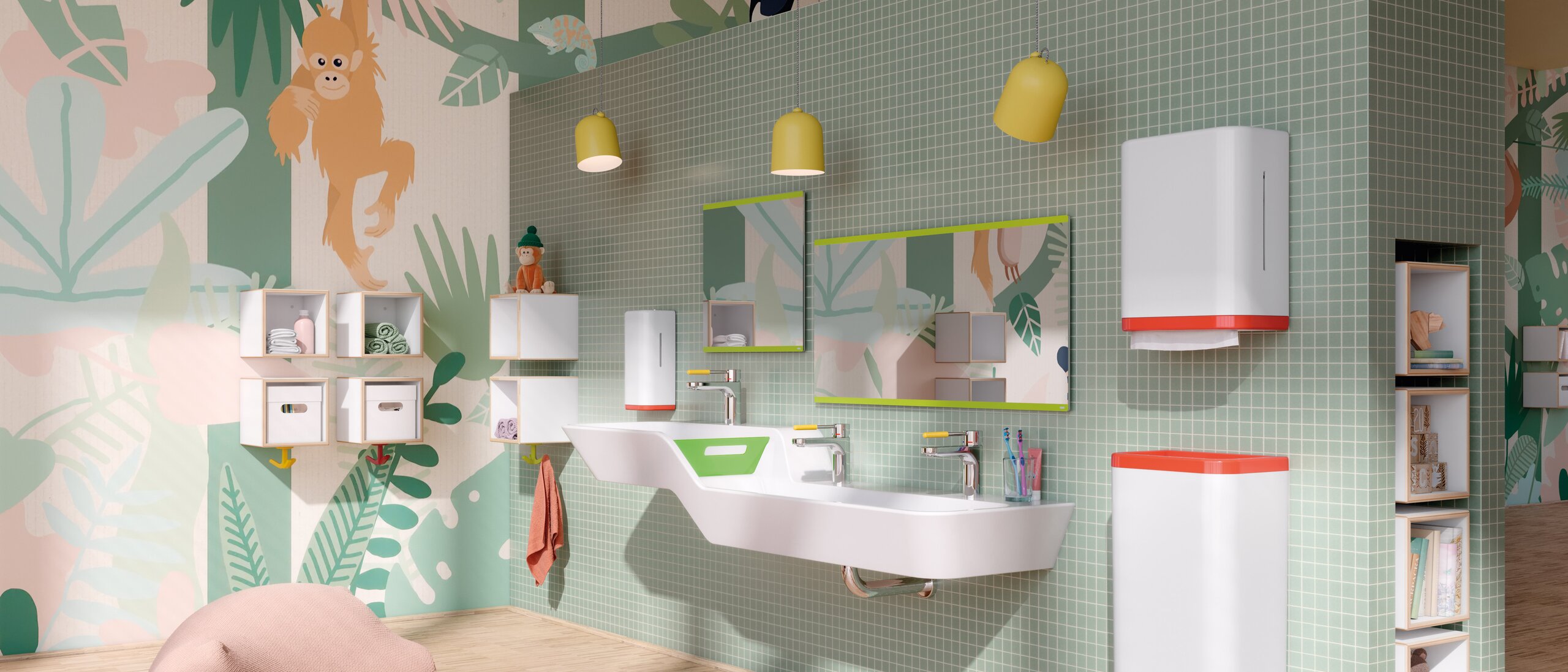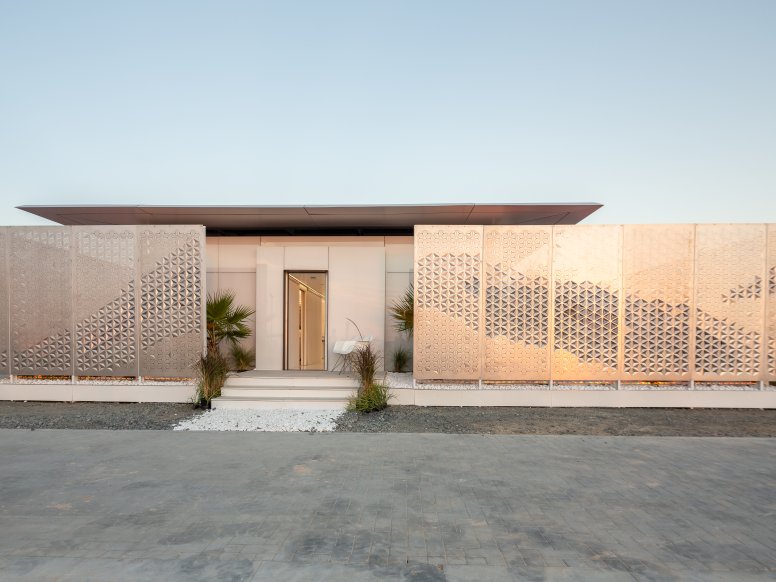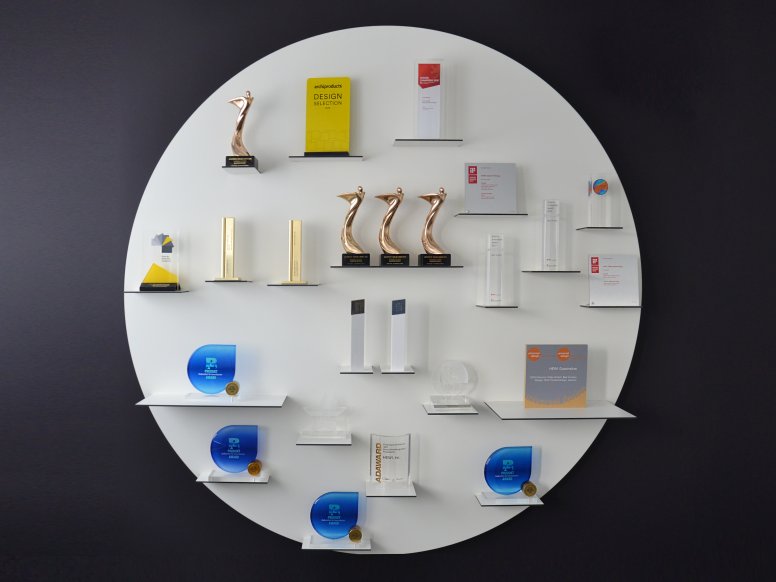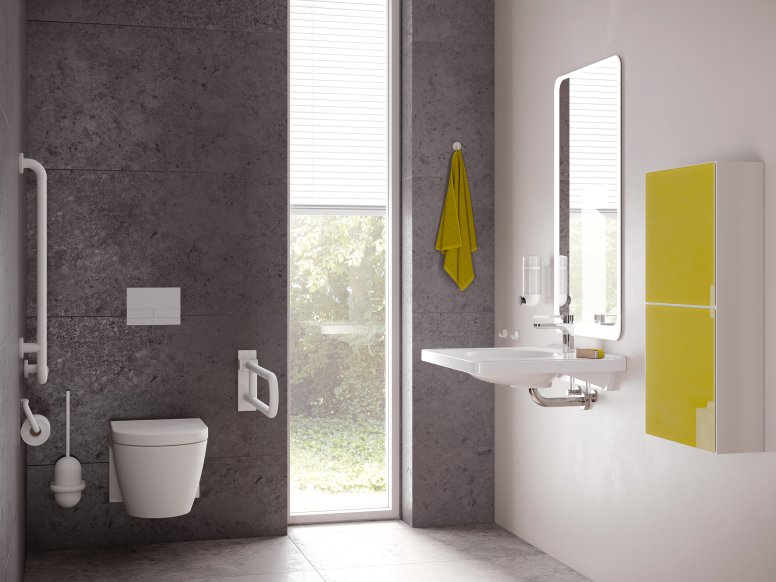Interview with Christine Pohl
The influence of colour in architecture
Colour contributes to social interaction. It stimulates our senses and gives us orientation. It provides accentuation and creates moods. But what influence does it have in architecture? Christine Pohl, interior designer, reveals more in our interview.

HEWI: Thank you very much Ms Pohl for taking the time for this interview. Perhaps you would like to introduce yourself briefly to our readers.
Christine Pohl: Yes, of course. My name is Christine Pohl and I live in Hofheim am Taunus. I would describe myself as a creative interior designer as well as a colour and material visionary. I have been working in this field for over 30 years. I already discovered the special gift in dealing with colours and materials in my childhood. I develop colour and material concepts for architects and manufacturing companies, with the aim of serving the personal and the common good.
HEWI: What role do colours play in architecture in your opinion?
Christine Pohl: Often a subordinate role, as architects work in a different field of work, which is more based on planning and compliance with building regulations. Recently, at an Architect@Work event, I heard in a lecture that in 1980 there were about 5,000 building regulations to consider and these have now grown to 32,000 regulations. Architects are therefore forced to focus more on planning and construction. There is hardly any space left to deal with colours. But: It is important and worth it in the long-term to know about colours. This includes all materials and their colours, such as floor coverings, shading, etc. The development of a colour concept quickly becomes a challenge for architects in addition to their daily work.

HEWI: What is the reason why colours are used rather sparingly?
Christine Pohl: The handling and use of colour and materials are complex issues, as I already suggested. Developing a meaningful, coherent colour concept for a room or building is not easy. Comprehensive knowledge is necessary, because colours and materials influence a person’s psyche and well-being. Since it is not enough to have a certain “feeling” for colours and the handling of colours is not easy to train, there may be a lack of people working creatively in this field. Another important component why colours are used rather sparingly is the cost factor. The development of the colour concept, the use of high-quality paints and the deployment of trained specialist companies for application increase the expenditure.
HEWI: In which buildings do you consider colours to be particularly important?
Christine Pohl: In my opinion, colours are a meaningful enrichment for all buildings. I personally think that colour is something very positive for people and their environment. I am thinking, for example, of hospitals - and Healing Architecture - where colours can have big effects. Studies show that colour has a positive affect on people. Therefore, the targeted use of colours in public buildings where many people spend time every day is a good idea. Colour concepts are also very enriching for children, in nurseries or in schools, and should be planned in advance.
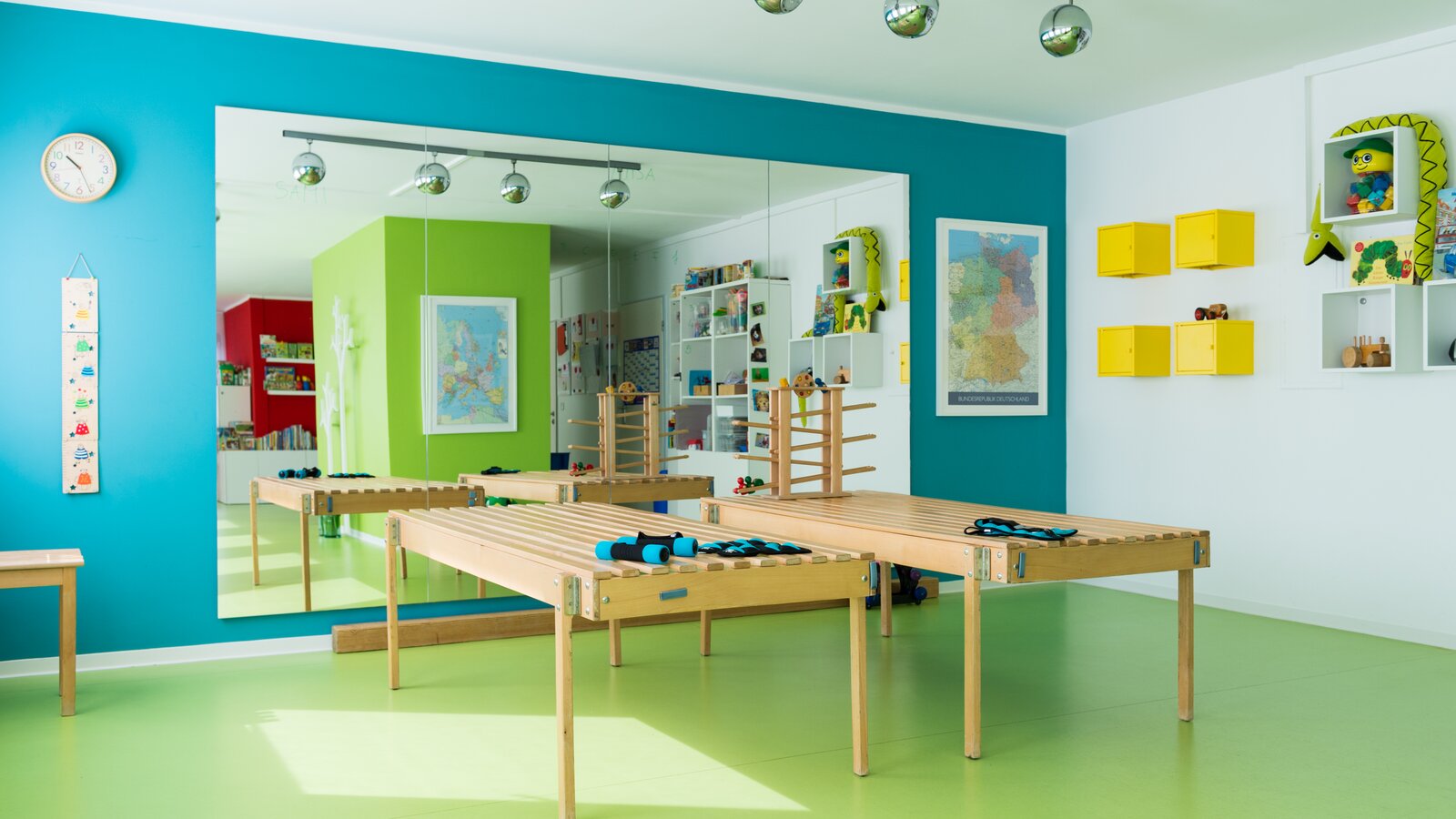
HEWI: What do you think when certain colours become a trend?
Christine Pohl: This can be quite exciting, but people should not just follow trends when using colours. Put yourself in the customers’ shoes:
If the colour green is in fashion, but the customer doesn’t like green, then even a trend isn’t worth much. Whereby it is important to know how many nuances are possible with colours. Hardly anyone has an idea of how many different colours there are. Not all red is the same. The RGB colour space, for example, offers over 16 million colours. So someone may not like a dark “bottle green”, for whatever reason, but feel at home with a soft pastel green. However, I personally don’t follow colour trends.
HEWI: Which colour do you use for which purposes?
Christine Pohl: This question is very interesting and multi-layered and cannot really be answered in a general way. If the question is about whether I use precisely defined colours for a specific purpose, I would answer it with no. I also don’t have any favourite colours that I use repeatedly. I use colours, for example, to harmonise difficult floor plans. It is possible to change the existing architecture with colours using an optical illusion. But I also use colours to change common beliefs, such as that dark colours make a room smaller. That is not true in all cases. Another example: I use colours to stimulate people with severe handicaps. Through my own creative colour combinations, I have the opportunity to bring forth truly new colour experiences. Above all, the purpose of colour is to bring joy, community and creativity into the world in order to open up new spaces. My statement: Colour can do more.

HEWI: How important is colour in the sanitary room?
Christine Pohl: Very important! I immediately think of a toilet in a public area. It is supposed to be a short retreat. It is something very intimate; after all, you are a stranger there and not in your familiar surroundings. Colour helps in these moments to feel better and take the stress out of the situation. Even when you are not at home, a nicely designed sanitary room has a positive effect on visitors. It has also been proven to reduce vandalism. Even for bathrooms in the private sector or in rented flats, well thought-out designs are linked to many useful benefits that have an influence on well-being.
HEWI: Will the importance of colours in building planning increase?
Christine Pohl: We can all wish that it will. Colours and materials, and even white is a colour, are important and effective elements in building design and should be given sufficient consideration. The positive and healing properties of successful colour and material concepts on people should be in the foreground of the cost-benefit calculation.
HEWI: Thank you very much for the interesting interview, Ms Pohl!
For individual colour concepts by Christine Pohl, please direct your enquiry to info@criscon.de.
HEWI planning service
Do you need support in planning barrier-free bathrooms? Our free planning service for architects and planners will help you. Feel free to contact us.
